Prohibition and the Roaring Twenties- A Nation in Conflict

Prohibition and the Roaring Twenties: A Nation in Conflict
The 1920s in America are remembered as a time of jazz, flappers, fast cars, and changing values. Known as the Roaring Twenties, it was an era of cultural experimentation and rapid economic growth. Yet beneath the glitter of speakeasies and dance halls lay a profound national conflict. At the very moment Americans were embracing modernity, the federal government attempted to enforce one of the strictest moral laws in its history: Prohibition.
The clash between those who wanted to preserve traditional values and those eager to live more freely turned the decade into a paradox. While bootleggers and gangsters built empires, preachers and politicians railed against sin. Prohibition shaped the 1920s as much as jazz or flappers, leaving a legacy that reveals the contradictions of a society caught between past and future.
The Road to Prohibition
The movement to ban alcohol did not begin in the 1920s. For decades, temperance organizations had campaigned against drinking, arguing that alcohol was responsible for poverty, domestic violence, and moral decay. Groups like the Women’s Christian Temperance Union and the Anti-Saloon League gained significant influence, linking temperance to broader social reforms.
By the early 20th century, the campaign gained momentum. Supporters argued that banning alcohol would improve families, reduce crime, and make workers more productive. The outbreak of World War I added fuel to the cause. Grain needed for bread, they argued, should not be wasted on brewing beer. German-American brewers faced suspicion, and the climate of nationalism made alcohol an easy target.
In 1919, Congress passed the 18th Amendment, outlawing the manufacture, sale, and transportation of intoxicating liquors. The Volstead Act, passed later that year, defined what “intoxicating” meant and set the rules for enforcement. On January 17, 1920, Prohibition officially began.
The Roaring Twenties Begin
At the same time, America was entering one of its most dynamic decades. The end of the war unleashed a surge of energy and optimism. Cities boomed, consumer goods flooded the market, and automobiles transformed everyday life. Radios, movies, and jazz music created a vibrant popular culture. Women gained the right to vote in 1920, and many embraced new fashions and freedoms, symbolized by the image of the flapper.
The clash between these modern trends and the moral strictness of Prohibition created a deep cultural contradiction. On one hand, Americans were told that drinking was illegal and immoral. On the other, they flocked to jazz clubs and speakeasies where alcohol flowed freely behind closed doors.
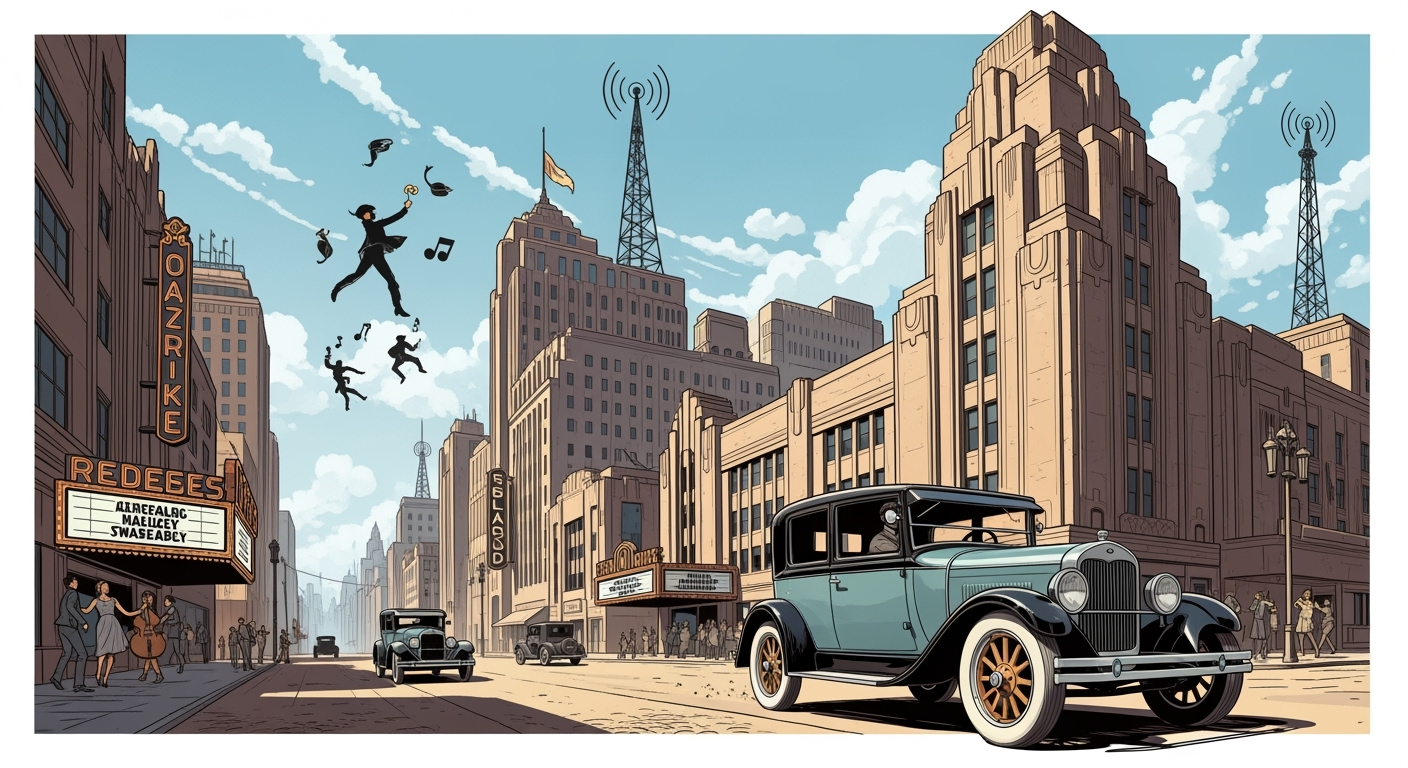
Speakeasies and Bootleggers
Prohibition did not end America’s love affair with alcohol. Instead, it drove drinking underground. Hidden bars called speakeasies sprang up in cities across the country, often requiring a secret password or a nod to get in. These establishments ranged from dingy basements to lavish nightclubs, where jazz musicians kept the party alive.
Supplying these speakeasies were bootleggers, smugglers who transported illegal liquor. Rumrunners brought alcohol from the Caribbean, while others smuggled whiskey across the Canadian border. Some even brewed their own concoctions, sometimes dangerously toxic, known as “bathtub gin.”
The profits were enormous, and organized crime flourished. Figures like Al Capone in Chicago became household names, running vast networks of breweries, smuggling operations, and speakeasies. Violence followed, as gangs fought for control. The most infamous incident, the St. Valentine’s Day Massacre of 1929, saw Capone’s men gun down rivals in broad daylight.
Far from eliminating crime, Prohibition fueled it.
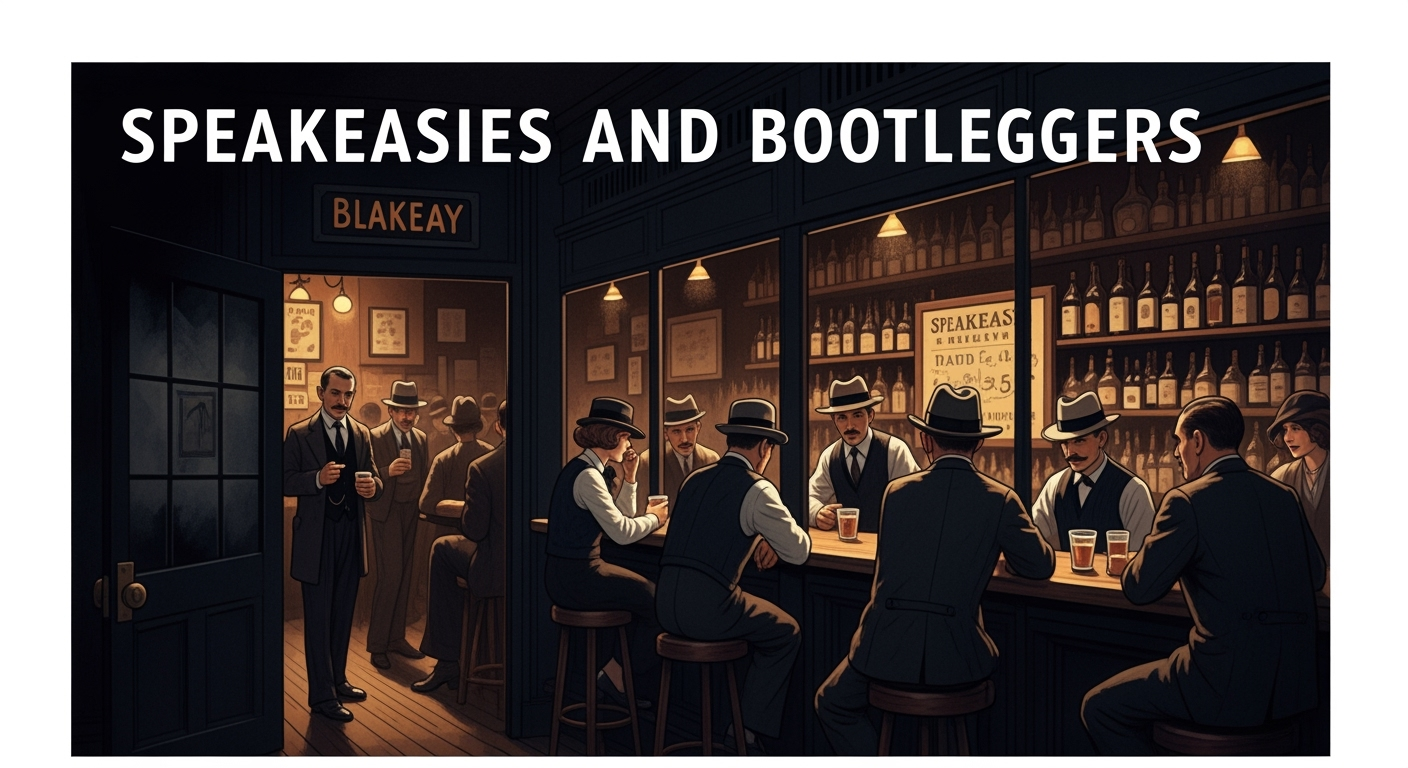
A Nation Divided
Not everyone opposed Prohibition. In rural areas and small towns, many people continued to see it as a moral crusade worth fighting for. To them, cities represented corruption, excess, and moral decline. Enforcing Prohibition was a way to defend traditional values against the temptations of modern life.
In cities, however, enforcement proved nearly impossible. Police were often bribed, judges looked the other way, and ordinary citizens continued to drink. The law created cynicism, as people who saw themselves as law-abiding broke rules nightly at their favorite speakeasies.
This divide mirrored larger tensions between urban and rural America. The 1920s also saw battles over immigration, religion, and science, most famously in the 1925 Scopes Trial over teaching evolution. Prohibition was part of this broader struggle, a cultural war over what kind of nation America would become.
Women and Prohibition
Women played a complicated role in Prohibition. Many temperance leaders had been women who saw alcohol as a destructive force in family life. The Women’s Christian Temperance Union was one of the strongest voices in favor of the ban.
Yet in the 1920s, women also became some of the most visible challengers to Prohibition. Flappers drank openly in speakeasies, flaunting their independence. Women also participated in bootlegging, running their own operations or smuggling liquor in inventive ways. The era highlighted the shifting roles of women, from moral guardians to cultural rebels.
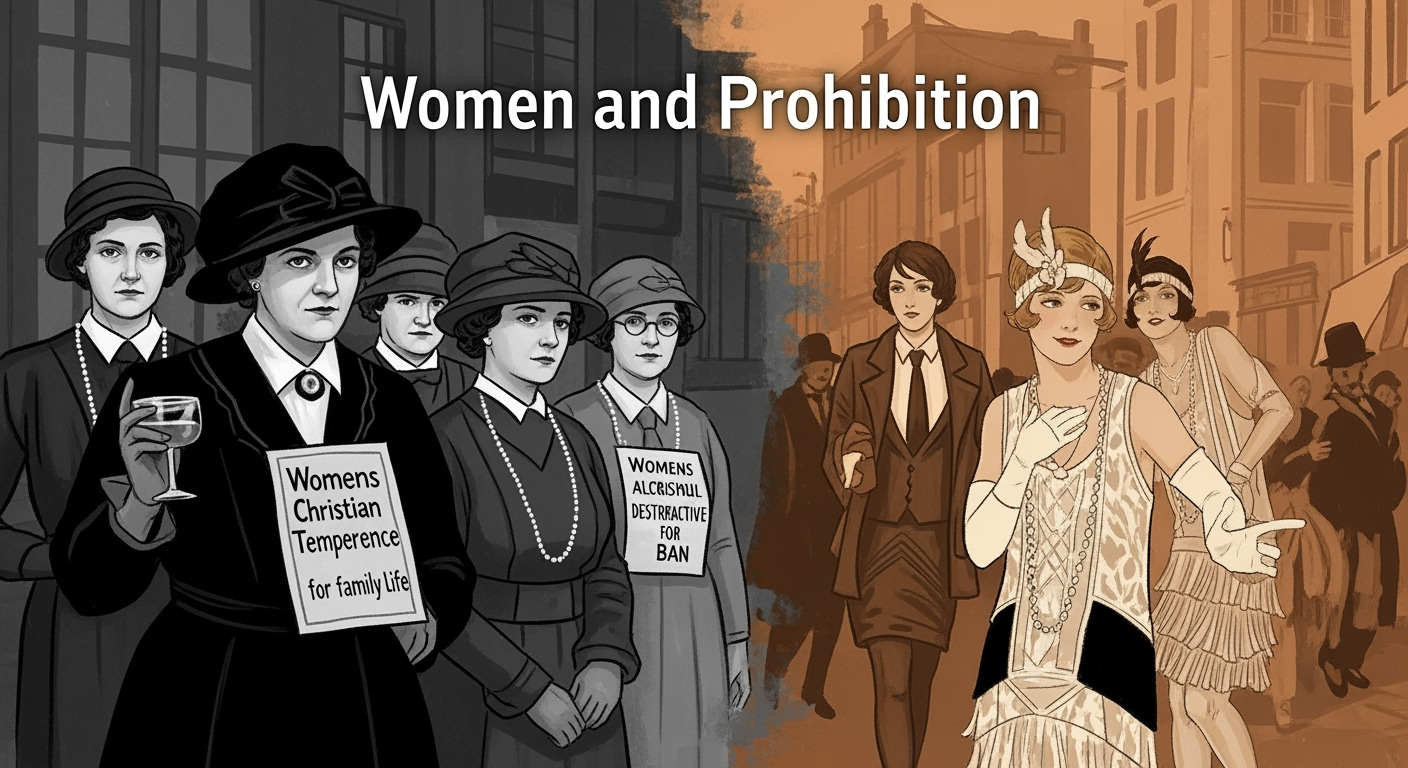
The Federal Government ’ s Struggle
Enforcing Prohibition proved far more difficult than lawmakers expected. The federal government lacked the manpower to police every border and city street. Agents of the Bureau of Prohibition, known as “Prohibition agents” or “revenuers,” often faced dangerous assignments and widespread corruption. Many were poorly paid and tempted by bribes.
The sheer demand for alcohol overwhelmed the system. With millions willing to drink and thousands ready to profit, the government was locked in an unwinnable battle. Instead of fostering respect for the law, Prohibition undermined it, breeding contempt and cynicism.
Cracks in the System
By the late 1920s, it was clear that Prohibition was failing. Crime rates soared, prisons overflowed, and enforcement costs ballooned. At the same time, the Great Depression hit in 1929, shifting priorities dramatically. Legalizing alcohol offered a way to generate tax revenue and create jobs.
Public opinion turned. Newspapers, politicians, and ordinary citizens began to argue that the “noble experiment,” as President Herbert Hoover once called it, was unsustainable. Even some former supporters admitted it had backfired.
In 1933, the 21st Amendment was ratified, repealing Prohibition and ending one of the most controversial experiments in American history.
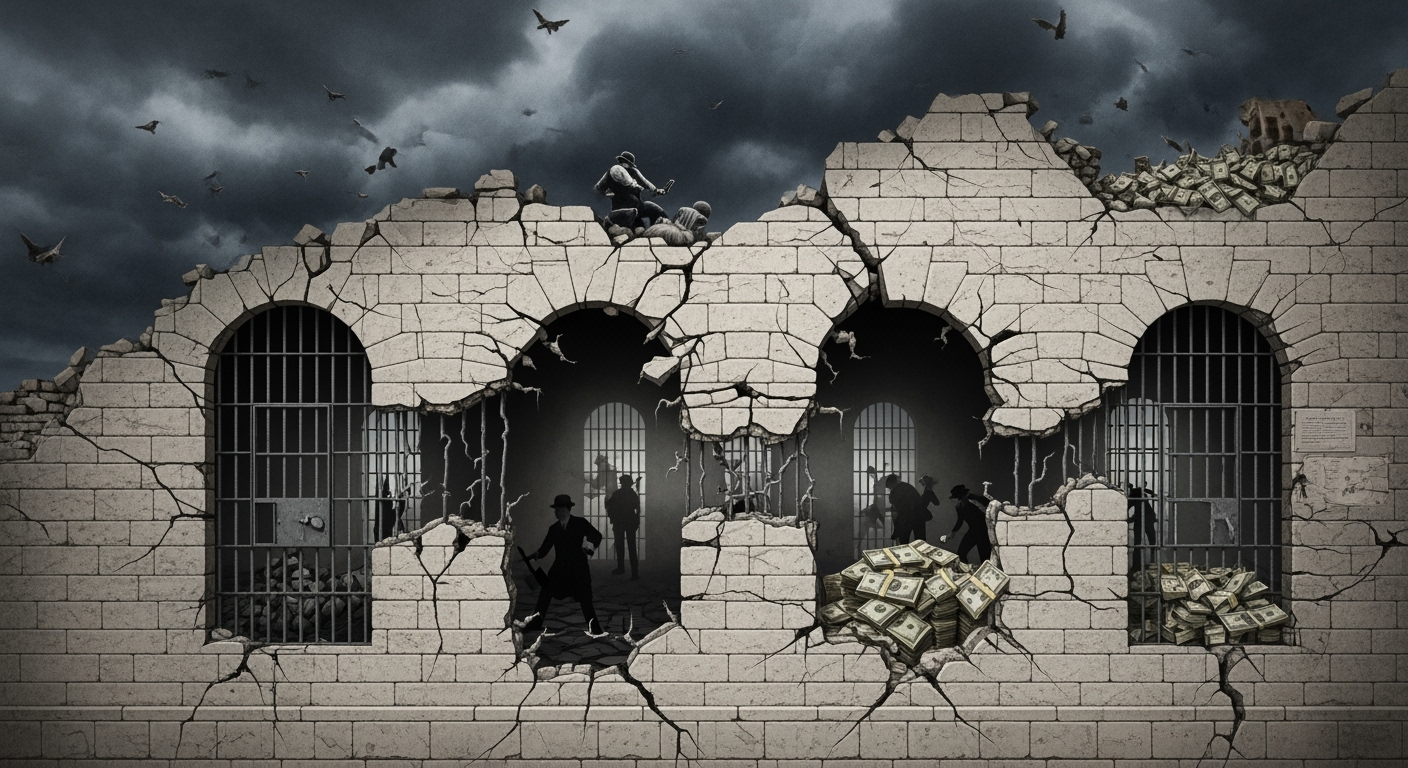
The Legacy of Prohibition
Though Prohibition lasted only 13 years, its impact was lasting. It reshaped American crime, politics, and culture. Organized crime syndicates grew powerful, their influence stretching into the decades that followed. The federal government learned difficult lessons about enforcing morality through law, lessons that echo in later debates about drugs and personal behavior.
Prohibition also shaped the image of the 1920s. The glamour of speakeasies, the defiance of jazz-filled nights, and the violence of gang wars all became part of the mythology of the Roaring Twenties. The decade remains a symbol of contradiction, a time when America embraced modern freedom even as it imposed strict moral limits.
The Roaring Twenties were a time of dazzling creativity, shifting roles, and rapid change, but also of deep conflict. Prohibition turned the decade into a paradox, outlawing alcohol while making it more central to culture than ever. It revealed the divide between rural and urban America, between tradition and modernity, between law and desire.
In the end, Prohibition failed to curb drinking but succeeded in exposing the limits of legislating morality. It also left behind unforgettable images: flappers raising glasses in smoky speakeasies, gangsters ruling city streets, and reformers fighting to hold on to an older vision of America. The 1920s remain one of the most fascinating eras in U.S. history because of this tension, a time when a nation tried to decide who it really was.
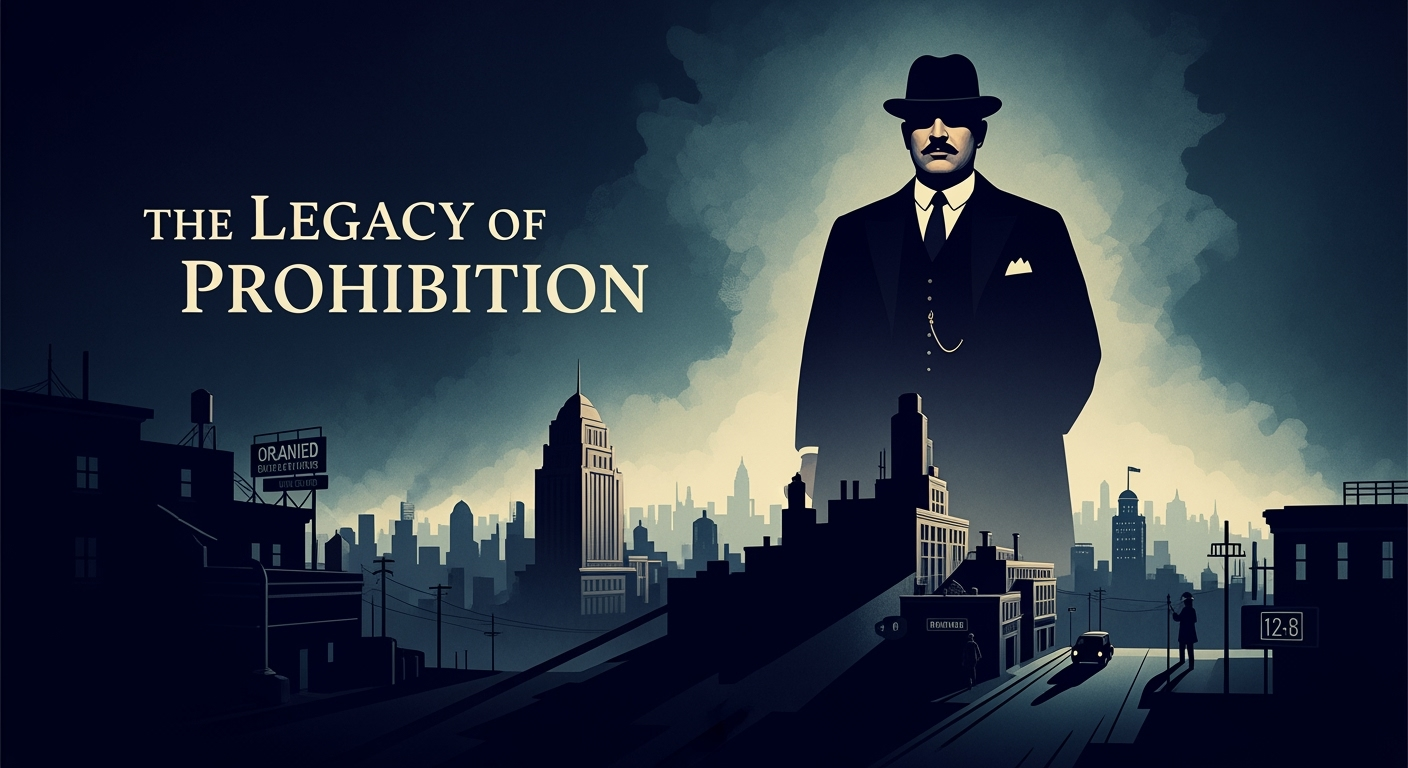
Disclaimer
This article is for educational and informational purposes only. While HistoryReveal.com strives for accuracy, historical interpretation may vary, and readers are encouraged to consult additional sources for deeper study.